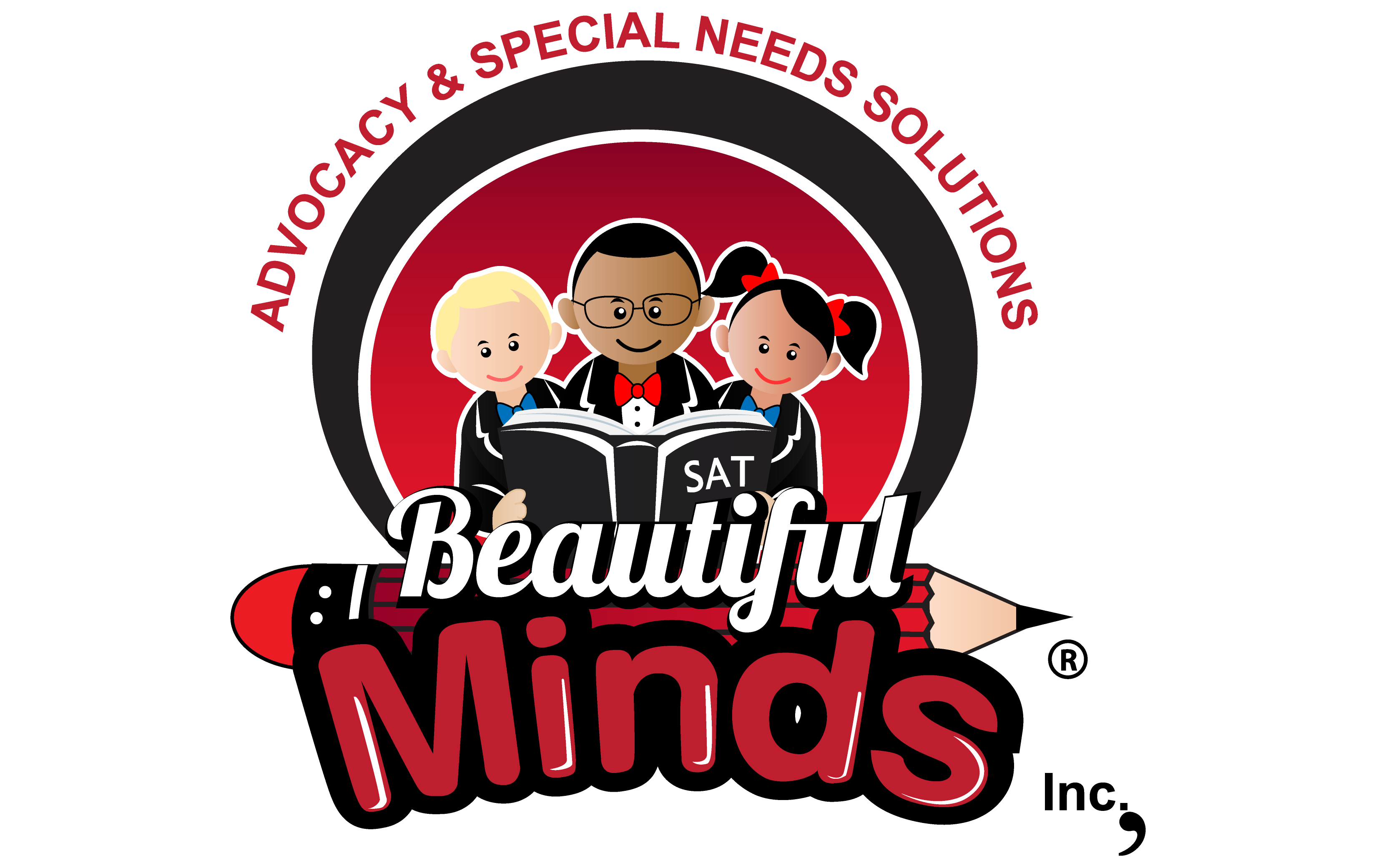“ Eventhough some three million school-age children are classified as having Specific Learning Disabilities (SLD), this category of Special Needs is often widely misunderstood. Surveys of both parents and educators confirm that many people mistakenly link SLD with mental retardation and disorders of mental health and believe that, if left alone, children are likely to outgrow SLD over time.
FOUNDER, EDUCATIONAL PSYCHOLOGIST
Let’s set the record straight..
The term specific learning disability refers to one or more of the basic psychological processes involved in understanding or using language, spoken or written, and affects a person’s ability to listen, think, speak, read, write, spell, or do mathematical calculations.
- LD does not include problems primarily due to visual, hearing, or motor disabilities, although students with such diagnoses can also have learning disabilities.
- LD does not include problems that result primarily from mental retardation or emotional disturbance, although, again, children who experience such difficulties can also have learning disabilities.
- LD does not include problems that result primarily from cultural, environmental, or economic disadvantage.
- Learning disabilities are real! Although they often aren’t observed until a child is doing school-related tasks, a proven biological basis for LD exists, including emerging data that document genetic links for LD within families.
- LD is common, affecting an estimated 4%-6% of the public school population. And if you include individuals who, for a number of reasons, struggle with reading, the numbers are considerably higher.
Learning disabilities are lifelong. That said, individuals with LD can learn to compensate for areas of weakness and, with early, effective support, can be highly successful and productive members of society.
Serving Students with LD: It’s the Law!
The quality of services and support children receive in school are key to their learning success. Working together, general and special educators are charged with ensuring that all children receive a free and appropriate public education in the least restrictive setting. Although states and school districts have considerable latitude in how they meet this challenge, a few important federal laws underlie their efforts:
The Individuals with Disabilities Education Act (IDEA) provides for special education services for children and youth, ages 3-21, with disabilities. It ensures each child receives a free, appropriate public education based on his or her individual needs, and it specifies 13 possible educational disabling conditions, including specific learning disabilities. It also guarantees a number of important rights — timely evaluation, access to all meetings and paperwork, transition planning, and related services — for children with disabilities and their parents or guardians. Most children with LD are served under IDEA.
Section 504 of the Rehabilitation Act of 1973 is a civil rights law prohibiting discrimination on the basis of disability in programs and activities that receive federal funding. It does not provide funding for these programs, but it does permit the government to withdraw funds from programs that do not comply with the law. To qualify for services under Section 504, a person must have a physical or mental impairment that substantially limits one or more major life activities. Some schools use this law to support students with LD who need only simple accommodations or modifications. It is also frequently used for children with Attention-Deficit/Hyperactivity Disorder and who do not need more-comprehensive special education support.
The Americans with Disabilities Act (ADA) is also a civil rights law that protects individuals with LD from discrimination in schools, the workplace, and other settings. ADA does not provide funding for services and accommodations, and, as with Section 504, persons must have a physical or mental impairment that substantially limits one or more major life activities. Learning is considered a major life activity under ADA, so if a student qualifies for services under IDEA, he or she is also protected under ADA.
No Child Left Behind (NCLB) is the current version of the Elementary and Secondary Education Act, first passed in 1965, which affects all public education, from kindergarten through grade 12. The power of NCLB is that it holds schools accountable for student progress by demanding clearly defined content standards (what students should be learning) and achievement standards (how well they should be learning). It also requires schools to measure student progress to see whether all students are making adequate yearly progress. NCLB ensures that schools report overall student progress data as well as progress for various student subgroups, including students with disabilities.
BEVERLY HILLS, CA 90211
Phone: 310-590-5898
E-Mail: INFO@BEAUTIFULMINDSINC.COM
Web: BEAUTIFULMINDSINC.COM
All Rights Reserved- Beautiful Minds Inc.2019
